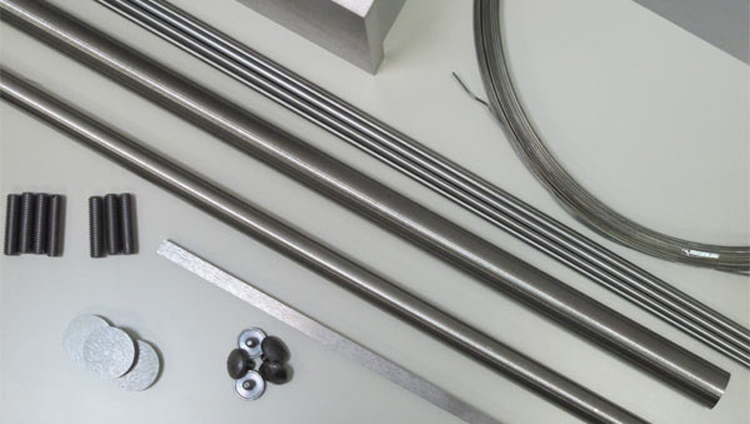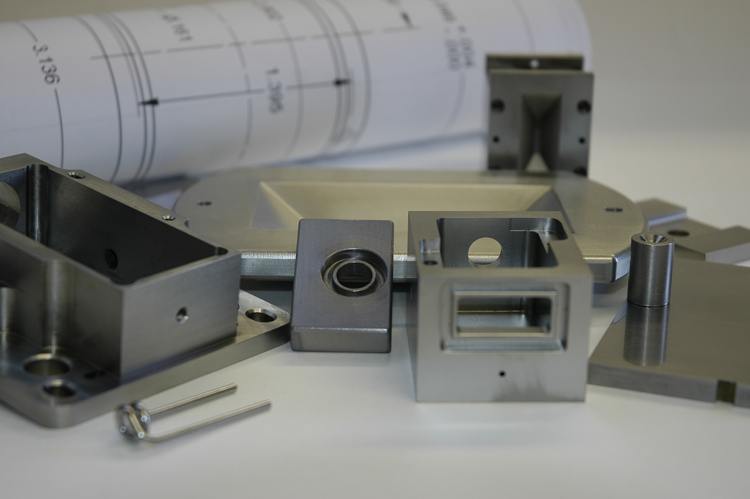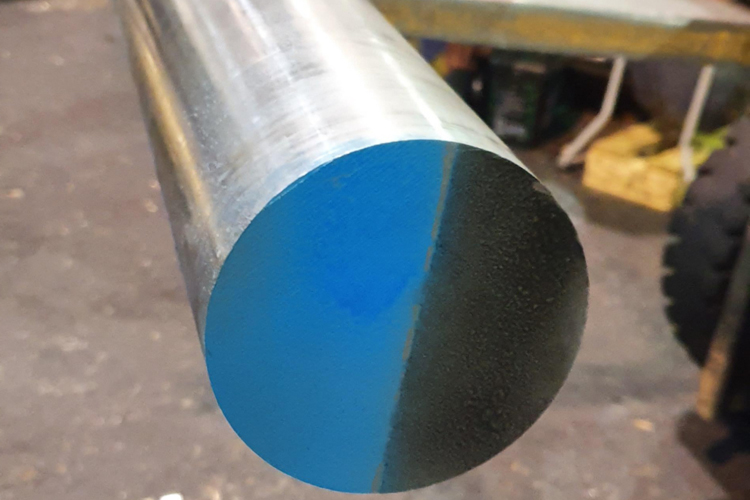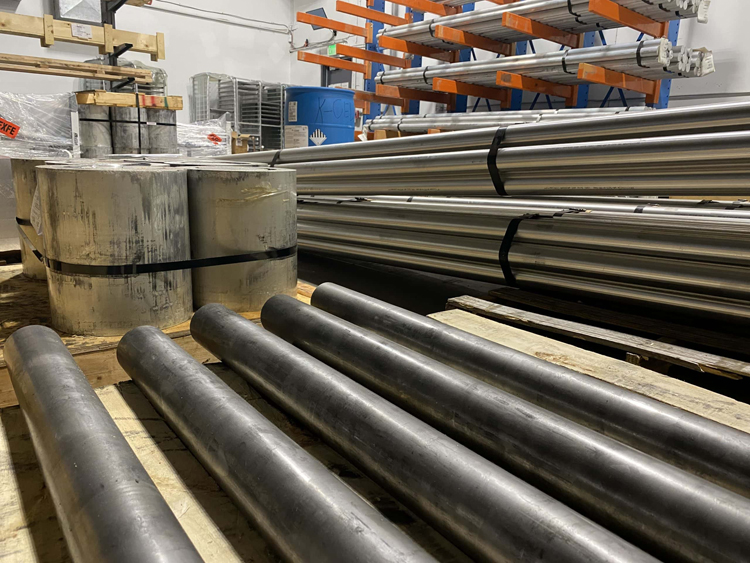What is the difference between 201 stainless steel and 304 stainless steel?
 What is the difference between 201 st...
What is the difference between 201 st...There are several super austenitic stainless steels on the market today, also known as six-molybdenum alloy steels. Their chemical composition is essentially the same, containing approximately 20% chromium, 6.0% molybdenum and 0.20% nitrogen. The typical grades of these super austenitic stainless steels are: 254SMO/S31254, Cronifer 1925hMo (1.4529, N08926) and AL-6XN (N08367), etc.

In the current beauty standard (ASTM), three super Austenite stainless steel can be found. Among them, only 254SMO (S31254) is developed and developed by targeted, to improve the ability to improve the dotted corrosion and gap corrosion of the material, while ensuring the weldability of the thick plate. At the end of 1978, 254SMO was invented by the AVESTA factory under the Sweden Outokumpu and began to commercialize a large number of commercialized production in different industries.
Al-6XN (N08367) developed on the basis of its original steel. Its prototype contains about 20%chromium and 6.0%molybdenum, but there is no nitrogen. Due to nitrogen deficiency, it can only produce thinner steel bands and thin -walled heat switch tubes, otherwise there will be & sigma; The improvement type with 0.20%nitrogen introduced the market in the early 1980s.

1.4529 (N08926) is a model that improved the 904L of the old steel type 904L. The nitrogen content of the initial model was also low. It was not until mid -eighty of the last century that the nitrogen content was 0.20%, and the current model began to mature.
Although the three steels are included in the new version of the ASTM A240, only 254SMO and N08926 are included in the newly executed and consent European Standard (EN), but N08367 does not. Studies have shown that chromium, molybdenum and nitrogen have a decisive effect on improving stainless steel corrosion resistance. Table 1 gives the content of three elements of three super Austeen stainless steel. Their role can be reflected by the following formulas. The greater the PRE value, the higher the corrosion resistance.

Formula: pre =%chromium+3.3%molybdenum+16%nitrogen
All steel species are developed against the problem of point corrosion and gap corrosion in the chloride ion environment. And the principle of alloy design is the same, that is, all: & ldquo; 20 chromium +6 molybdenum +0.2 nitrogen & rdquo; principle. As a result, their PRE values are within 41 ~ 43. But the difference between these three steel species is very small.
It can be seen that the content of all important chemical ingredients is very close. The Pre value is also at the same level. It is worth mentioning that the accuracy of modern steelmaking method is very high. In other words, controlling the content of higher prices at the lower limit of the standard is easy to achieve (to reduce costs).

The biggest difference among these three super Austeine stainless steel chemical composition is the nickel content. The nickel content of N08926 and N08367 is 25%, while only 18%of 254SMO. However, nickel element has almost no effect on the corrosion resistance of materials, see formulas (1).
Judging from the ASTM ingredient table, these three elements are basically overlapped among the three super stainless steel. In other words, the corrosion resistance of the three is basically the same.

We believe that because the CR, MO, and N content of each batch of materials are deviated, the actual corrosion resistance may be slightly different. But in general, the three can replace each other under the same level of corrosion resistance.

The choice of stainless steel must be carried out according to the corrosive environment (such as chloride ion content, pH, temperature, etc.) and the design of the device structure. Among them, corrosion resistance is one of the main performances.
In summary, these three super Austeen stainless steels have the same level in chlorine -resistant ion corrosion. In addition, the purchase of materials and the production specifications of materials are important factor. 254SMO can be produced in the form of coils. This brings great convenience to design and materials. At the same time, because of its low nickel content, its price is less affected by nickel prices. In the domestic market, the market share of 254SMO should also be the largest.

Super stainless steel is a transition series between ordinary stainless steel and nickel -based alloy. It takes into account the economy and corrosion resistance. It has a large share in the market and widely used. In the process of development, new upgraded versions have been developed, such as 27-7mo (UNS S31277) of the American SMC, 654SMO of Ortukunpu, Sweden, and German VDM 31 alloys are classified as nickel-based alloys, but they also It can be considered as an upgraded product above super stainless steel. In addition, Japan's metallurgy also has a high molybdenum high -nitrogen version of the high molybdenum high -nitrogen version of the S31254 super stainless steel UNS S32053.
 What is the difference between 201 st...
What is the difference between 201 st... Why is 316 stainless steel better tha...
Why is 316 stainless steel better tha... 400 series stainless steel science
40...
400 series stainless steel science
40... How to distinguish the processing tec...
How to distinguish the processing tec... Non-standard design materials of bras...
Non-standard design materials of bras... What type of titanium alloy does Tc4 ...
What type of titanium alloy does Tc4 ...